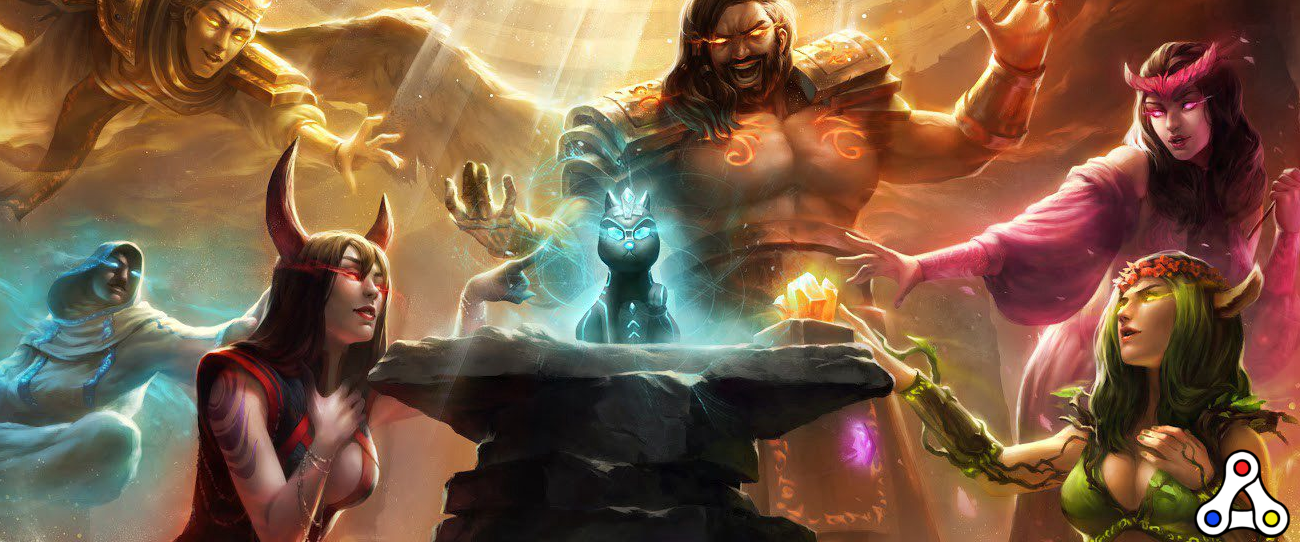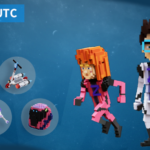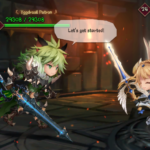The next generation of gaming isn’t about improved graphics, but instead about bridging universes and adding interoperability. This is something you can see in the broadest sense. Gaming universes will be with us in our pocket, at home on our television and on our laptop. Virtual economies move into the real world, and it doesn’t matter which network or blockchain you’re working on. Everything is connected.
When I talk about the next generation of gaming, I’m not referring to the PlayStation 5 or Xbox Series X. I’m talking about software and the way developers create games. We will truly be talking about a next generation of gaming when game developers need to completely rethink the way they develop video games. At the moment it’s all about holding the attention of the gamer as long as possible, providing fun and hoping they will buy the expansion, invest in downloadable content, or buy in-game currencies and loot boxes. However, these in-game economies are limited to their relative virtual worlds. This will change with the rise of Web 3.0 and blockchain technology. It will introduce interoperability.
History of gaming economies
Before we dive into the changes, first a quick walk through gaming history. Because it’s relevant to see where we came from. In the eighties and early nineties gaming was limited to singleplayer adventures or local multiplayer games. Think about The Legend of Zelda, Super Mario Bros, Final Fantasy and Mario Kart. Even in these games there were virtual economies where gamers would collect coins for extra lives, or rupees to buy equipment. However, these economies were unique to your version of the game world. Outside of that particular cartridge or game installation there was nothing.
This changed with the rise of the internet when it became possible to create online multiplayer games. Thanks to the internet a virtual world would go beyond the limits of our own screen, and would reach out into many other living rooms. Our virtual gold and legendary weapons now exist in a game world that we share with other players. Depending on the game we can trade these items with other players, like in for example massively multiplayer online games like World of Warcraft and EverQuest.
This in turn led to the rise of virtual economies. Virtual items inside video games got an actual value, often sold on (illegal) third party websites. Game developers added all kinds of new revenue streams to their (often free-to-play) games. Think about micro-transactions for in-game cosmetics and in-game currencies, loot boxes for some luck-based inspired gamification of cosmetics, and of course in-game advertisements. We all remember the slogan: Monetize that shit.
At first games were only suitable for one certain platform, but we’ve seen a rise of interoperability between mainly PC, web and mobile games. Gamers can play a game like Fortnite on PC, mobile and consoles. They have a Fortnite account to store all their results cross-platform. In addition gamers can play plenty of web games on both mobile and a desktop browsers. However, players can only use items from these game’s within its own ecosystem. Everything inside those games can never leave. Blockchain-powered video games will change this.
Interoperability in blockchain games
Blockchain technology will allow interoperability to happen between different applications and that’s true next generation gaming. As a result players can use the sword from an RPG as a melee weapon in an online shooter. Imagine using Orgrim’s Doomhammer from World of Warcraft as a weapon in Fortnite. It’s the ultimate promise of interoperability. Game assets are no longer limited to a digital ecosystem, but can move out of it into new digital worlds. We call these non-fungible tokens, or NFTs.
The rise of blockchain technology and cryptocurrencies paved the way for interoperability. Digital currencies that normally remained within a virtual realm now have a real world value. Now developers store digital assets on decentralized networks as tokens. These tokens in turn can be one item in Game X, but a completely different item in Game Y. Any game developers can add a token on the blockchain to its game, and then it’s up to the developers to add utility for that token in their game world.
The truly innovative concept here, is that the non-fungible tokens exist outside a game world. As a result the owner can decide to sell it, lend it, destroy it or just keep and use it. The other benefit is that these items will continue to exist even when the game is no more. In 2019 gamers spend 1.8 billion dollars on digital items in Fortnite, but when Epic Games closes the servers all items will be gone. However, players truly own non-fungible tokens stored on a public blockchain. Theoretically gamers can even create their own digital worlds so that their digital items live on.
One challenge that developers still need to tackle, is interoperability between blockchains. This isn’t only important for gaming, but for example also for healthcare. A clinic might use blockchain A, while the hospital uses B. That would mean that data can’t be exchanged, and that’s a major problem. Thankfully developers are working on this problem. They are for example making cross-chains, sidechains, proxy tokens and swaps. Think about projects like Polkadot, Cosmos, Chainlink, Wanchain, Quant and Loom Network.
A new view on game development
At the moment interoperability between games is only possible when games support the same blockchain. Ethereum and Enjin are among the most popular blockchain systems at the moment, even though Xaya is knocking on the door as well. However, interoperability between games isn’t just something that’s good for players. Developers can also benefit from this new type of economy. However, they need to rethink the economy in their games.
Developers benefit under this model as each use-case compliments the other, raising asset-liquidity and value of the product. When items are worth more to players, they’ll be worth more to developers. And the movement towards decentralization will birth a new breed of creatives, eager to capitalize on the burgeoning market of interoperable items.
Robbie Ferguson, co-founder of Immutable (blog, January 1st 2020)
The market for non-fungible items will attract a variety of people. Some of them are in it for the money and invest in items in hopes of making a profit, while others just want to have items to play and have fun with. An economy for digital items will bring traders who are buying and selling items, collectors who want to keep items, and gamers who want to use items until they find something that’s better. Developers need to make sure they also cater these three types of people. (Paul Gadi, blog Coinmonks, 2018)
Tokenize that shit.
Virtual economies used to be bound to a digital world, but now they move into our real world. In some cases virtual worlds even blend with our world, look at alternate reality games like Pokémon Go. The borders between our virtual worlds and the real world are blending. Interoperability is already happening on the hardware side. With the rise of cryptocurrencies and blockchain technologies we’ll see more interoperability between games as well. Better graphics and a higher frame rate are nice for an improved game experience, but truly next generation game design will happen when developers embrace interoperability between video games. New concepts, gameplay, economies will start to rule the gaming industry.





